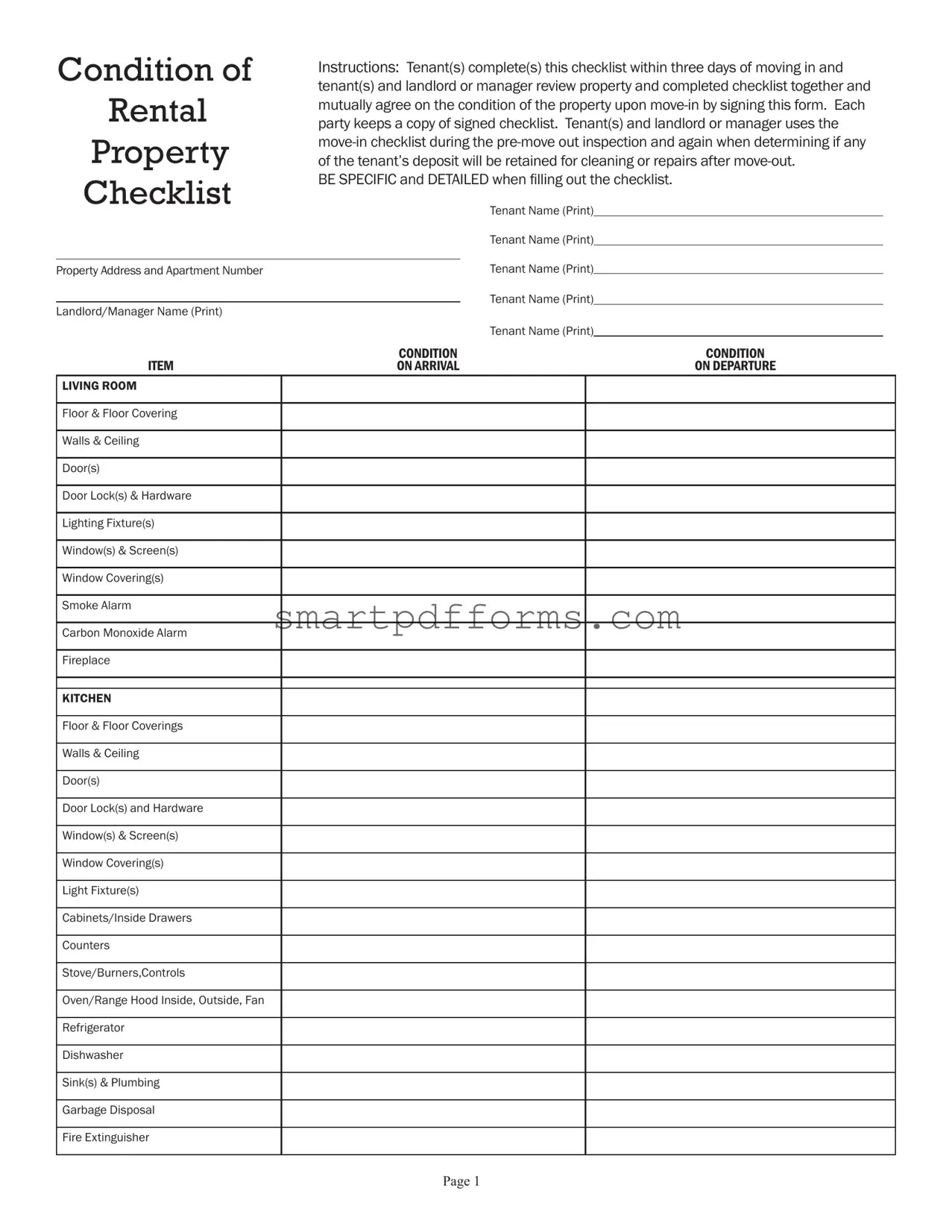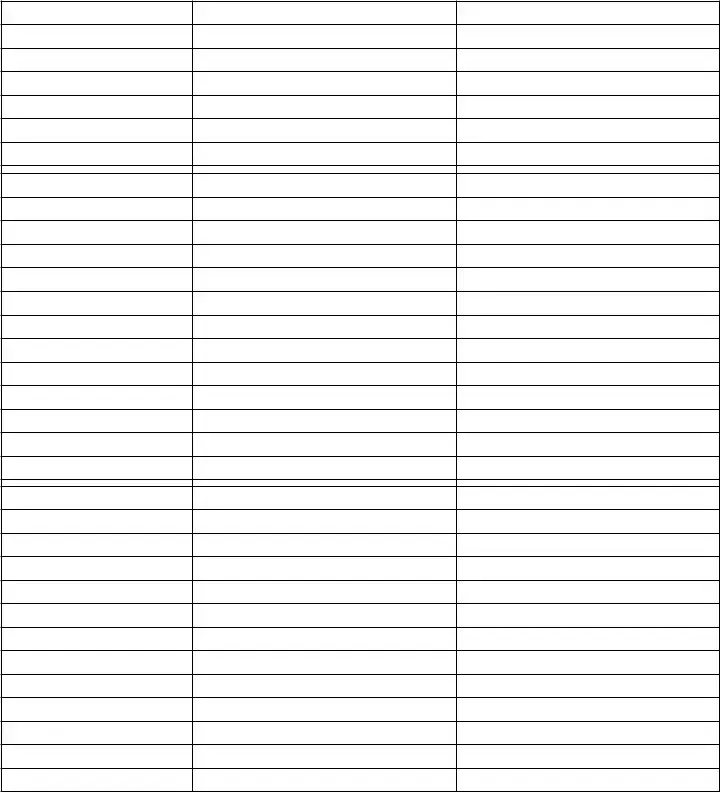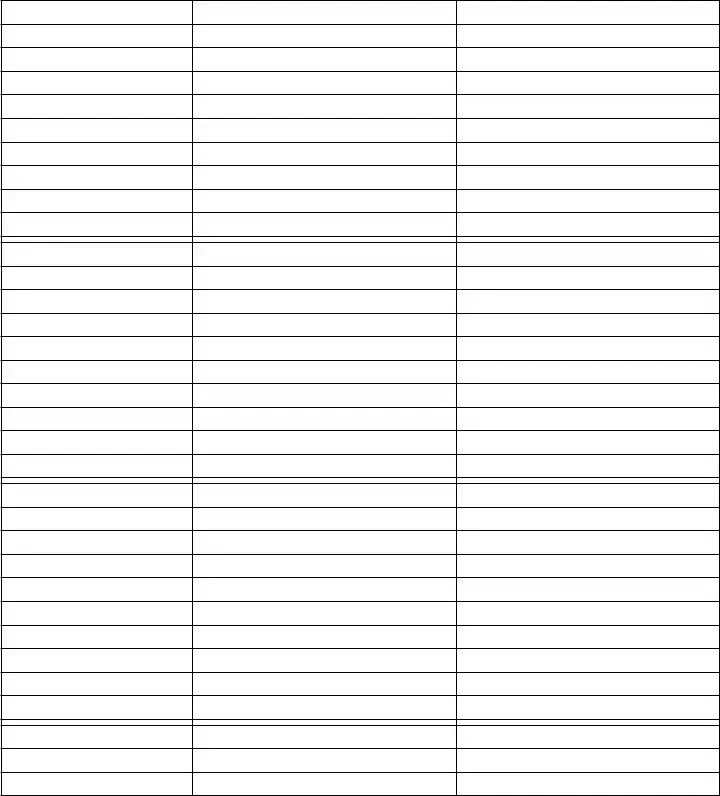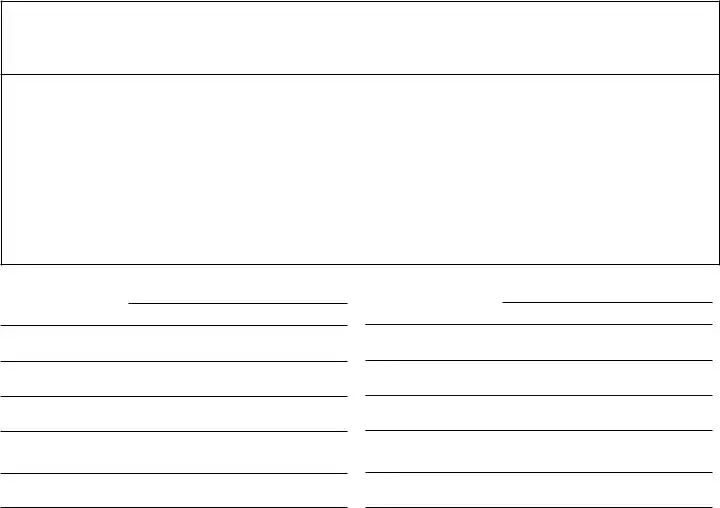Blank Condition of Property Checklist PDF Template
The Condition of Property Checklist form serves as a comprehensive tool designed to document the state of a rental property at the time of a tenant's move-in and move-out. By requiring tenants and landlords or managers to complete this checklist within three days of moving in and to review and agree on the property's condition together, it ensures an accurate and mutually recognized record. This process not only facilitates a clear understanding between parties but also becomes a crucial reference point for assessing any damages or necessary repairs at the end of the tenancy, thereby determining the allocation of the tenant's deposit for cleaning or repairs. Ensure a fair and transparent rental experience by clicking the button below to fill out your Condition of Property Checklist form.



